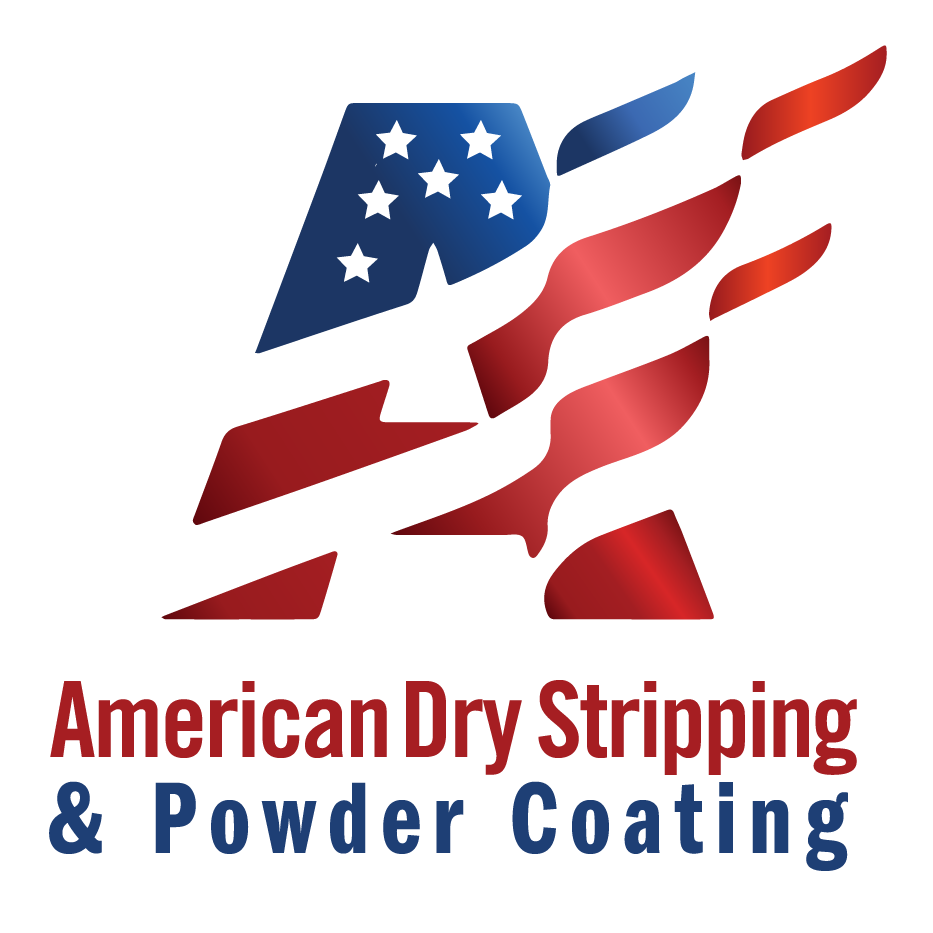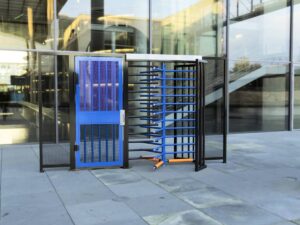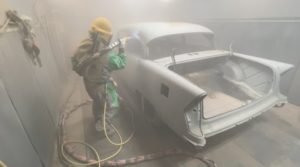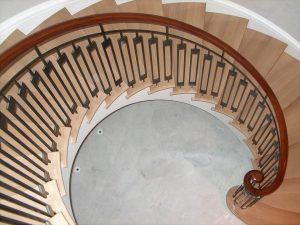For safety reasons, media blasting replaced sandblasting. But it’s OK to still call it that. We know what you mean.
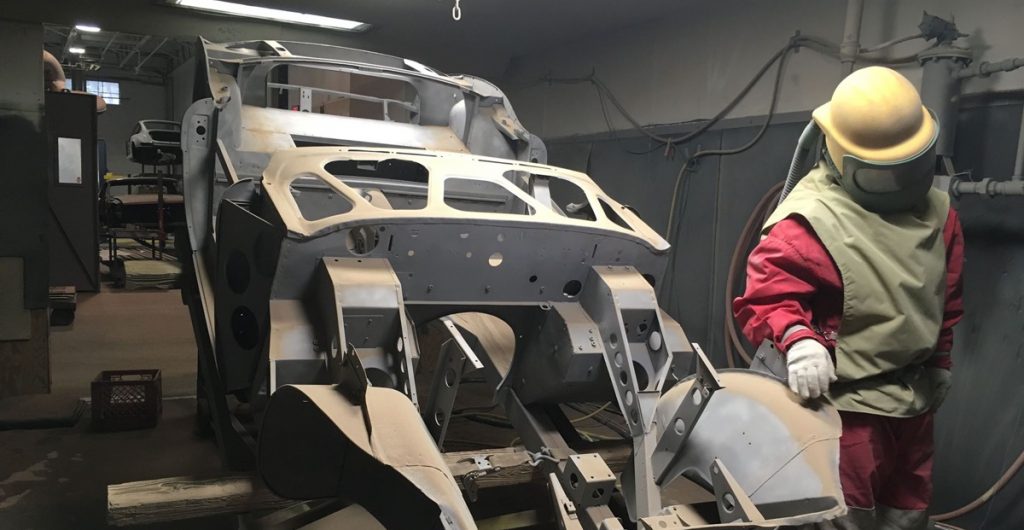
What is the best blasting method?
It depends on end user finish requirements for the substrate (steel, aluminum, fiberglass, or other) in question.
For example, will the substrate be powder coated or patina coated or anodized or some other finish material? If you need assistance in answering this question, it is best to contact a surface preparation professional like American Dry Strippng & Powder Coating.
American Dry Stripping™ & Xtreme Coatings helps people with all of their sandblasting and media blasting service needs. We are based in Milford, Connecticut and serve customers in metropolitan New York and surrounding counties, Rhode Island, and Massachusetts. Contact us to learn more.
- Click below
to view our media blasting and sandblasting services!
The list of options for abrasive media blasting is long and growing. Yes, at a point in history, sand was the most inexpensive, ubiquitous grit media used for removing surface contaminants (more on this later if you are interested).
However, sand contains silica, which is carcinogenic. Therefore, and for good reason, sand has been eliminated from most abrasive media operations unless strict Personal Protection Equipment (PPE) is used and in accordance with OSHA guidelines.
Which types of blasting media will be used?
Grit – media with chiseled cutting edges – is available in a wide range of material types. Bridges and iron works projects requiring aggressive blasting will use Black Beauty (trade name for coal slag).
Finer work such as high-end auto restoration requires less aggressive media, like olivine and, in rare cases, walnut shells. In either case, the finish coating requires an anchor pattern profile or etch in the metal for coating adhesion.
Another term used, sometimes incorrectly, is “bead blasting.” Grit and bead are both blasting media. The difference is that bead is spherical whereas grit is chiseled with sharp edges. Bead media includes glass beads or steel shot. All media comes in a range of sieve sizes, similar to fine versus coarse sandpaper.
Now to the question: “WHAT IS THE BEST BLASTING METHOD?”……….IT DEPENDS! The range of uses for media blasting and the range of media types is extensive, making the answer to the question specific to nearly every project. And another reason for seeking expert advice for your next project.
Media Blasting Methodology & Key Differences
Abrasive media blasting can be dry, wet, crystalline (ice, glass), or some other physical characteristic. Examples of wet blast media include soda (bicarbonate of soda) or crushed glass slurry.
Whether using dry or wet methods, the objective is usually the same: to remove surface contaminants such as peeling paint or powder coat, rust, corrosion or heat treat from fabrication processes.
American Dry Stripping & Powder Coating uses dry methods only. Our standard is “clean, white metal finish,” a NACE 1/SSPC-SP5 standard established by NACE International and The Society for Protective Coatings. These are the leading professional organizations with universally accepted surface finish guidelines for industrial companies to reference for surface finish requirements.
The Highest Standard for Abrasive Blasting
Media blasting can be performed by almost anyone, anywhere (even outside although the EPA frowns on that venue). All that is required to start blasting something is a hose & blast nozzles, a blast pot to hold the media, a dust collector (for all indoor blasting) , a compressor of sufficient size to generate needed PSI (pounds per square inch), and some Personal Protective Equipment. There are a few more things but you get the idea.
There are a host of good reasons to skip DIY blasting, however, and go with a pro. In over three decades of operations, American Dry Stripping & Powder Coating, continues to make significant investments in our capital equipment infrastructure.
Our equipment for blasting includes:
- high-end blasting booths able to hold cars, trucks, and large industrial parts,
- an array of blasting cabinets for smaller work,
- three large rotary screw air compressors capable of generating over 1500 CFM (cubic feet per minute),
- and so much more.
The Highest Standard for Abrasive Blasting
Media blasting can be performed by almost anyone, anywhere (even outside although the EPA frowns on that venue). All that is required to start blasting something is a hose & blast nozzles, a blast pot to hold the media, a dust collector (for all indoor blasting) , a compressor of sufficient size to generate needed PSI (pounds per square inch), and some Personal Protective Equipment. There are a few more things but you get the idea.
There are a host of good reasons to skip DIY blasting, however, and go with a pro. In over three decades of operations, American Dry Stripping & Powder Coating, continues to make significant investments in our capital equipment infrastructure.
Our equipment for blasting includes:
- high-end blasting booths able to hold cars, trucks, and large industrial parts,
- an array of blasting cabinets for smaller work,
- three large rotary screw air compressors capable of generating over 1500 CFM (cubic feet per minute),
- and so much more.
The Physics of Abrasive Blasting
You have the equipment, so now what. There are a few variables around the blasting process you should think through before you start your blasting project, and it’s all about physics. An experienced blaster understands how to control the variables to work efficiently (time is money), effectively (thoroughness) and safely (no damage to the substrate).
Blasting is the act of propelling a hard object (media) up against another hard object (substrate) in a focused and concentrated area (blast zone) using compressed air at around 100 psi. The point of impact at the blast zone generates friction heat. So what are some of the variables as a blaster you can control while doing the best job possible?
- Pressure – What’s the maximum pressure to use to do the work efficiently without jeopardizing the substrate?
- Media selection – Which blast media will achieve the required result most efficiently?
- Angle of attack
- At a 90 degree angle to the substrate, the blast zone is a circle.
- Any deviation from 90 to 45 degrees, the blast zone is increasingly elliptical and in general, the most efficient for removing existing coatings.
- Closer to zero degrees angle, less work is done and the blast zone is almost linear.
- Distance
- The closer to the substrate, the tighter the blast zone and friction heat increases almost logarithmically.
- The farther away from the substrate, work efficiency decreases.
- Dwell time
- How long you stay at one point in the blast zone.
- Longer time, more friction heat.
- Conversely, shorter time, less work being done.
The variables listed are the major variables but certainly not all the variables to consider. Note: an uneducated choice in variables could warp a fender or door during the restoration of a very expensive auto where you end up enduring the wrath of the auto shop and the car’s owner.
An experienced blaster takes into account all the variables at his disposal and optimizes choices. Work becomes exponentially more efficient and effective, the more experienced the blaster is.
Why is this important? Our customers are paying for outcome and efficiency. The better we do our job, the better we can manage the expense and the turnaround time for any given project. Customers choose American Dry Stripping and Powder Coating because we are the most trusted blast to finish company in New England.
So we did imply early in this service page, there was a short primer on sandblasting. We can add that here if you all think it is relevant to this information sharing.
History of Sandblasting Safety
The difference between sandblasting vs. media blasting also helps you understand the history of safety in manufacturing shops.
In our shop, you can easily see why. The post-blasting grit you see on the floor of our booths can be easily mistaken for sand… and, in many shops back in the day, was once used as a go-to media for blasting.
The history of sandblasting safety dates back to the early 20th century, when sandblasting became popular for its ability to efficiently and effectively remove paint, rust, and other surface coatings. However, as sandblasting increased, so did the number of injuries and fatalities due to unsafe working conditions.
In the 1970s, the Occupational Safety and Health Administration (OSHA) in the United States began establishing regulations and guidelines for safe sandblasting practices. This included using personal protective equipment (PPE) such as respirators, goggles, and protective clothing, as well as implementing engineering controls to minimize exposure to harmful airborne particles.
Over time, advancements in technology and a greater understanding of the risks associated with sandblasting have led to further improvements in safety measures and a significant decrease in the use of sand as a blast media.
Today, there are strict regulations in place to ensure the safety of workers and the general public during sandblasting operations. Companies are required to provide comprehensive training for employees, conduct regular safety inspections, and adhere to strict guidelines regarding the use of equipment and materials.
As a result, the incidence of sandblasting-related injuries and health issues has significantly decreased, making the process much safer for everyone involved.
Why Sand is NOT used for Blasting Anymore
In short, abrasive blasting with sands containing crystalline silica can cause severe or fatal respiratory disease.
Historically, cleaning operations in the blasting process were performed using silica sand as the type of blasting media. The term sandblasting originates from those days. We now know that exposure to crystalline silica during sandblasting can cause silicosis.
During blasting, the sand particles break down into tiny particles. These particles are inhaled and embedded in the lung, causing respiratory problems, pulmonary silicosis (also called ‘dust-lungs’), and even death.
What Replaces Sandblasting: Dry Abrasive Media Blasting
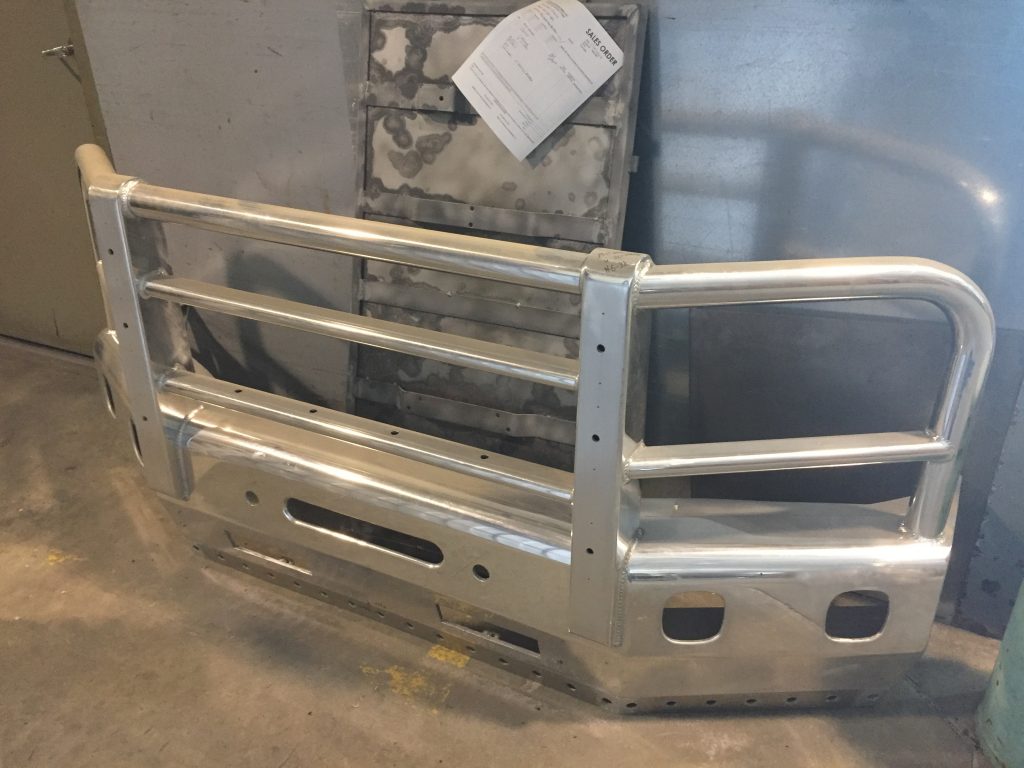
It may be a mouthful, but the correct term for the work we do at American Dry Stripping is “media blasting” or “dry abrasive blasting”. Silica sand has been replaced with other media, including grit blast, walnut shells, glass bead, plastic bead, and other media,
The media is propelled through a high-pressure tool and easily strips away old paint, rust, and other kinds of surface blemishes or imperfections.
At our shop, our blasting systems include blasting booth, air dryers and oil and water separators, dust collection, manual and mechanical media reclamation, media volume and air pressure regulators and supportive protective gear for the operator.
“Sandblasting” (that is, media blasting!) is used in our shop to remove coatings, rust and corrosion, and to add surface profile to prepare alloys for new coatings. It can also be used on glass and other hard surfaces for etching.
Have questions?
American Dry Stripping™ & Xtreme Coatings helps people with all of their sandblasting and media blasting service needs. We are based in Milford, Connecticut and serve customers in metropolitan New York and surrounding counties, Rhode Island, and Massachusetts. Contact us to learn more.
We offer a pick-up and delivery service.

